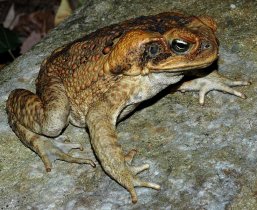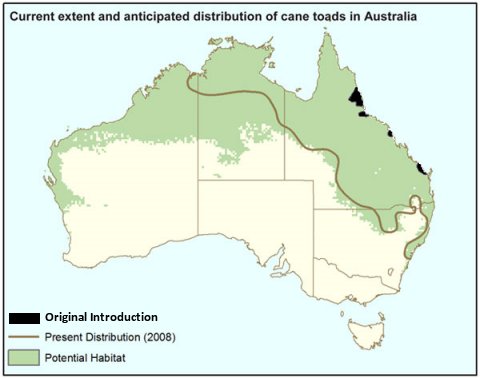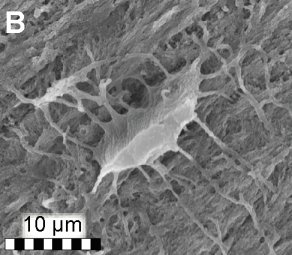In my previous post, I discussed the cane toad invasion of Australia. While studies of the invasion have shown a new mechanism of selection that is distinct from classic natural selection, they have also shown how limited the range of evolutionary change in cane toads really is. This is consistent with the creationist view and quite contrary to the evolutionist view.
In this post, I want to discuss the changes that the cane toads have produced in other Australian animals. As you might expect, as a foreign species spreads across an ecosystem, it is going to have an effect on the already-established species there. In general, one expects the effects to be negative, but that doesn’t always seem to be the case. Indeed, a large study designed to assess the damage that the cane toad invasion has done to the already-established animals in Australia says:1
Overall, some Australian native species (mostly large predators) have declined due to cane toads; others (especially species formerly consumed by those predators) have benefited; and for yet others, effects are minor or are mediated indirectly rather than through direct interactions with the invasive toads.
So in the end, it’s a bit of a mixed bag. However, what I find interesting are some of the details of how these animals have changed in response to the cane toad invasion.






